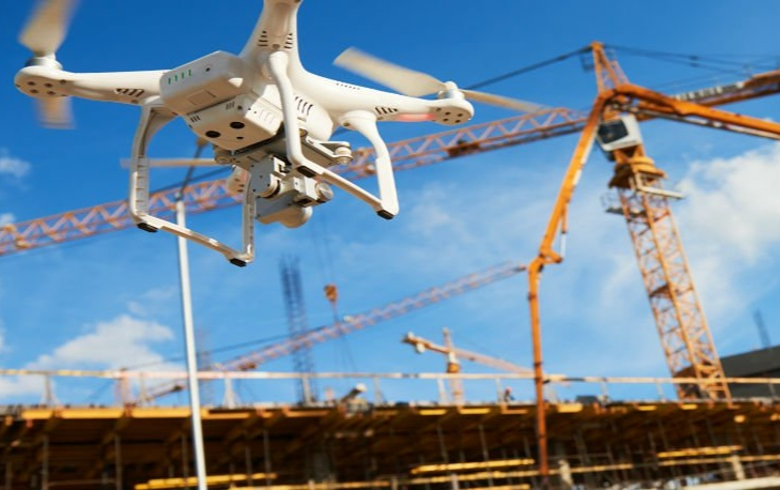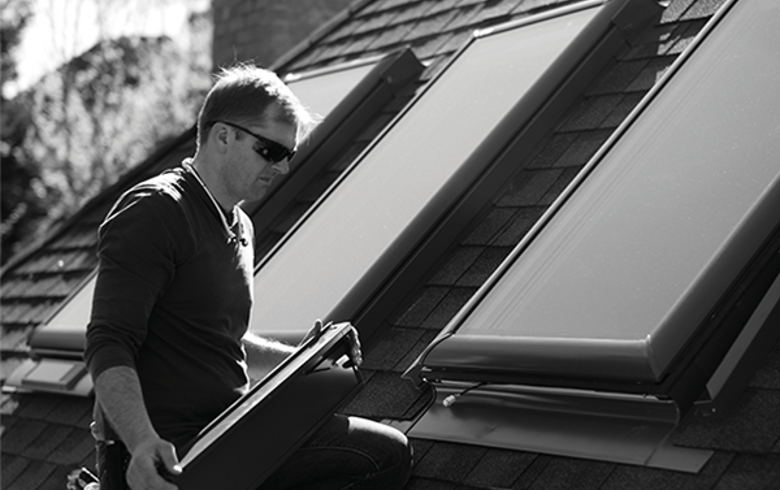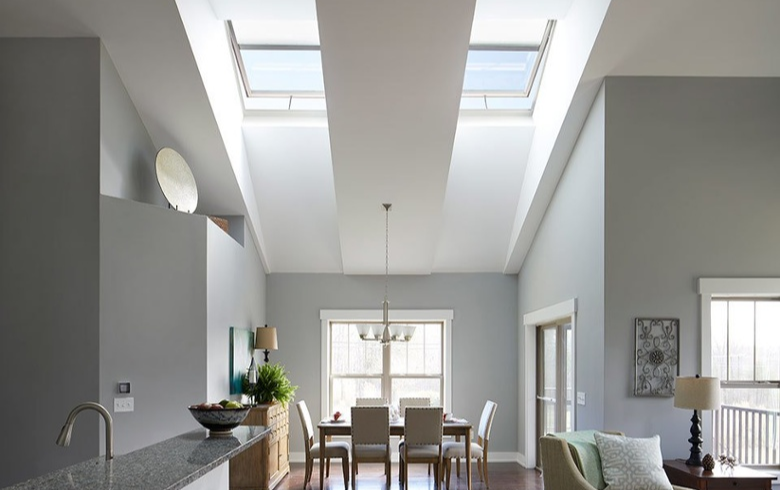Technological advances have been ramping up ever since the early 2000s with the age of the Internet and smartphones. It seems in all aspects of our life, from home to work, technology plays a key role. So what about in our industry?
With the trade being founded on hammers, nails, and physical labor, one rarely thinks of technology playing a part in construction. We might, however, be approaching a revolution. One in which tools and materials will be printed and robots will do the labor for us.
And that's not some futuristic thought, either.
3D printing is here. Drones are becoming more specialized and easier to control. And remote-controlled robots are already helping when it comes to laying the foundation of buildings and transporting goods. But technology goes even further than that with buildings incorporating more smart automation to create a better living and working environment on the inside.
For residential buildings, smart functionality in appliances can automate a homeowner's daily life. Home thermostats, refrigerators, and even VELUX skylights can be connected to sensors to create a more ideal living environment.
With commercial applications, the facade of the building can shift to better control the light levels. Sensors can be installed to actively vent the building when the air becomes too hot and stale, or c02 levels rise too much. Not to mention, these changes help to remove some of the work off of the HVAC system to save on energy.
But how exactly does technology help you in your line of work? Here are three of the newest pieces of technology to keep your eye on.
Drones
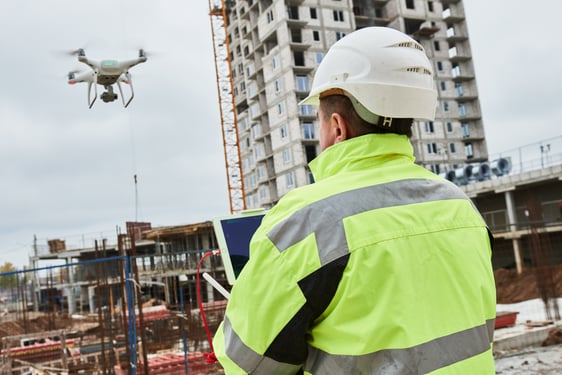
As more than just a child's toy or something to get stuck on your roof, flying drones offer the industry eyes in the sky. With the ability to reach heights and harder-to-access places on the construction site, drones can speed up surveying time. And when paired with software, drones can help track a site's progress to help avoid any delays or additional costs.
Starting with planning: Instead of foot-walking your entire site, send a drone. Drones can quickly scan and pull images of your site to build a survey map. You can also sync your drone to 3D scanners to give you accurate images of the terrain, saving you time and money.
During the build: Drones can come in useful during the project by helping to show progress, spot areas of improvement, and inspect areas lacking resources.
Inspecting: As the project is almost finished or close to being done, drones can help to inspect harder-to-reach areas, as well as giving you a first-hand view on the integrity of the structure.
3D Printing
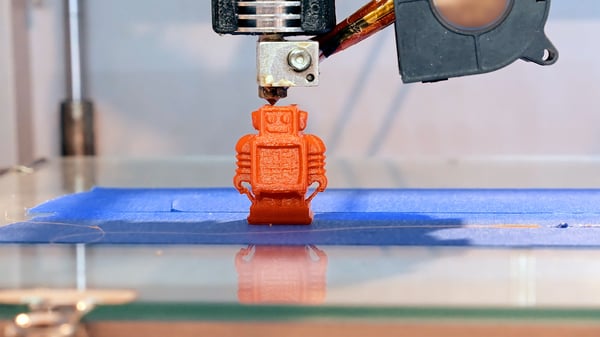
3D printing has certainly created some impressive models, but is it at the level yet to really benefit the construction industry?
3D printing is the creation of a physical item layer-by-layer by a computer-controlled machine. The machine uses a variation of materials, polymers, metals, ceramics, and mortar to fabricate tools and materials inexpensively. (A video recently published showed a 3D printer, spinning around and building a circular structure in less than 24 hours.)
Design Freedom: Can't build it, print it. Architects can benefit from the freedom 3D printing allows. With these printers, architects can design complex shapes that contractors can print.
Speed: Although still on the cutting-edge and needing to improve, 3D printers work 24/7. Contractors can bring printers onsite to deliver materials when needed.
Sustainability: With the freedom to use in type of material, contractors can reuse old material and recycle it into a new project with 3D printers. Additionally, by being able to print precise measurements and shape of the material, you'll end up wasting less too.
Although still a niche market, we feel 3D printing could start playing a larger role very soon.
Robots
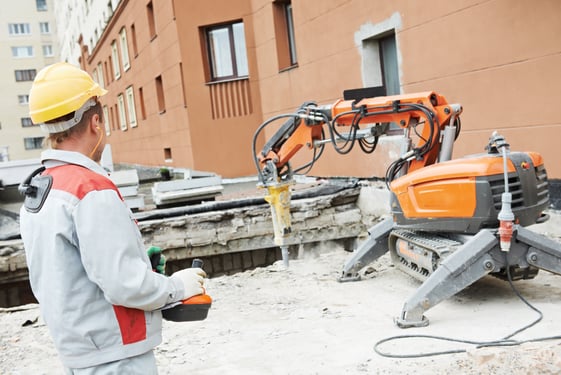
When talking about automated systems, the first thing that comes to your mind has to be robots, right? Robots—automated systems—are appearing everywhere; I saw one recently used in a library where it pulled the books I wanted.
Typically, construction is a heavily physical job—one you wouldn't think would incorporate too much automation, but that appears to be changing.
Currently, robots are more proficient at doing repetitive tasks, such as bricklaying. They work continuously to complete tasks, but still depend on human controls. These robots, however, are good for helping completely those repetitive jobs that tend to be more physical demanding.
While we don't see robots coming to replace a vast majority of jobs, we do see them as becoming more useful in common tasks, allowing contractors to focus on higher-skilled jobs.

